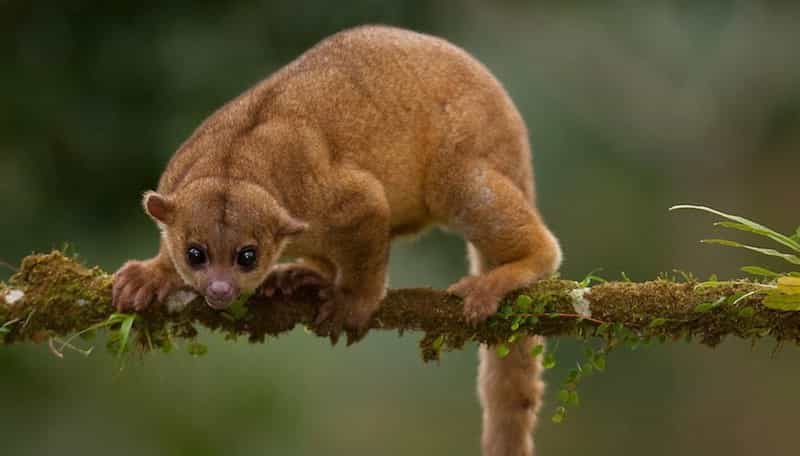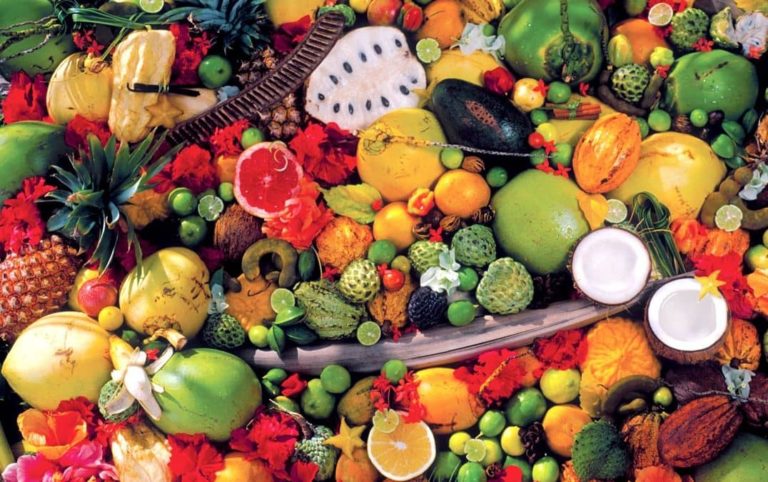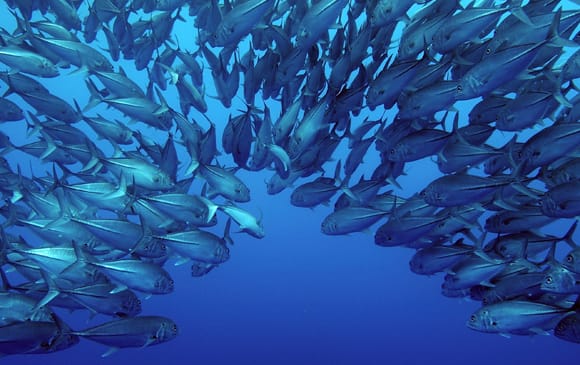This small mammal, known as the Central American kinkajou, is one of the many species to be seen in Costa Rica. The Tirimbina reserve is the perfect place to discover it on your excursions.
Introducing kinkajou
This small omnivorous animal inhabits the tropical forests of the Americas. From Mexico to Brazil and Costa Rica, you’ll find it perched high in the treetops. Sociable but solitary, it is unfortunately still sometimes hunted for its fur.
 If it sticks its tongue out at you, don’t be offended – it’s not a sign of bad manners – but it helps it to chase bees away from the hive to feast on the honey it’s so fond of. The kinkajou (Potos flavus) also hunts small frogs, which are abundant in Costa Rica, butterflies and a few insects, although fruit remains its main food.
If it sticks its tongue out at you, don’t be offended – it’s not a sign of bad manners – but it helps it to chase bees away from the hive to feast on the honey it’s so fond of. The kinkajou (Potos flavus) also hunts small frogs, which are abundant in Costa Rica, butterflies and a few insects, although fruit remains its main food.
The kinkajou, an unclassifiable animal
A strange animal, the kinkajou has long remained unclassifiable. Its physiology and behavior make it a biological curiosity among carnivores. It has turned out to be an evolutionary exception, still full of scientific paradoxes. First classified as an ape, then as a lemur, then as a plantigrade “apart”, and finally as a procyonid like the raccoon and the coati.
In Central America, it goes by many names. Mico de noche (night monkey) in Guyana, Cuchicuchi in Venezuela, Macaco da meia noite (night macaque) in Brazil, Micoleon (lion monkey) in Guatemala, Honduras and El Salvador and Mono nocturno in Belize and Costa Rica. The mistake made by 18th-century biologists in classifying it as a species of monkey has left its mark on the different designations.
Its average adult size is 50 cm, not including the tail, which can reach 30 to 40 cm. Its average weight is 3 kg. It is the only carnivore to have a prehensile tail, enabling it to move with agility and flexibility.
Its main predators are tree-climbing felines such as wildcats, ocelots and jaguarundis, and ground-climbing felines such as jaguars, pumas and tayras. He must also be wary of the air, as birds of prey, owls and eagles are very present in these regions. But then again, man is also one of its predators.
You’re sure to fall in love with this endearing little cuddly toy. Observe it only in its natural environment. Don’t turn him into a pet to follow some ridiculous trend or fashion, because human life is hardly compatible with that of a small nocturnal mammal.
Its confinement often leads to aggressive behavior, and I don’t feel sorry for owners like Paris Hilton who have experienced this.
The Tortuguero National Park in Costa Rica and the Baru National Park around the Chiriqui volcano in Panama have declared them protected species.
Découvrez d’autres articles de blog
Pourquoi voyager avec nous ?

Une réputation sans faille depuis 2008

Un seul interlocuteur en français

Notre présence toute l’année sur le terrain

Notre expertise pour une offre sur mesure








